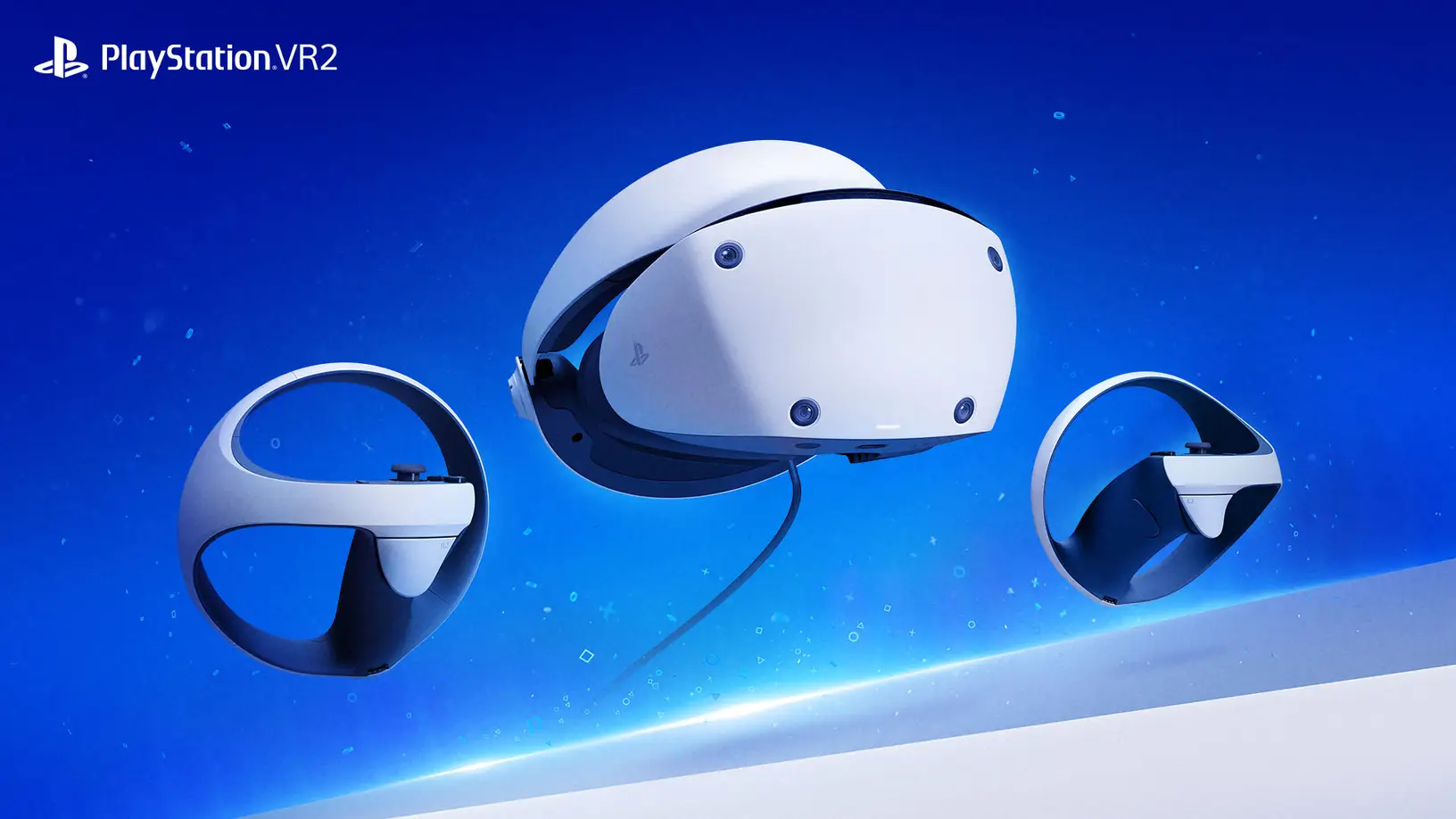
The PSVR 2 is a big step up from the first generation PSVR, and one of the best VR headsets you can buy – especially for VR gaming. However, a quick look in gaming forums and on sites such as Reddit suggests that it isn't a big upgrade in the whole making-you-sick department.
Nausea is a problem for some people with all VR headsets, but is there something specific to the PSVR 2 that makes it more likely? YouTuber and hardware analyst Brad Lynch wanted to find out, so he conducted a week-long experiment. The result: there does appear to be a difference between Sony's VR headset and rivals, and that may be significant enough to affect some users adversely.
What's making you feel sick in VR?
Sometimes when you play in VR the movement your eyes can see doesn't match what your body feels. But Lynch suspected there might be more to it than that, and that something called display persistence might be the culprit.
Display persistence is how long your VR headset's display is lit during a single frame. The less time it displays, the less light your eyes see and the less likely you are to experience motion blur. That blur is what really gets your tummy going, and higher persistence can be a key cause of it.
VR headsets are designed to have low persistence, so Lynch decided to compare different headsets from different firms. He used high-speed cameras to film the displays of the HTC Vive, HTC Vive Pro 2, Meta Quest 2, Meta Quest Pro, Valve Index and PSVR 2. He found that the PSVR 2 had the longest persistence of the lot, even at the lowest brightness levels.
If you're prone to feeling a bit ill with VR but want to play on PSVR 2, one solution may be to reduce the brightness; Lynch says that helped reduce his own nausea. But if you're planning to order a PSVR 2 and haven't tried it for any period of time yet, you might want to hang on to the box and receipt for a little while just in case.







